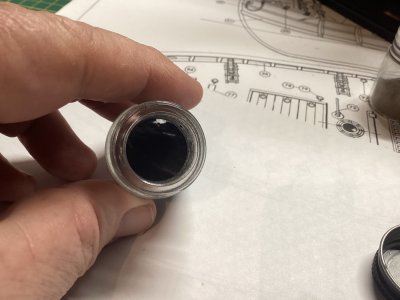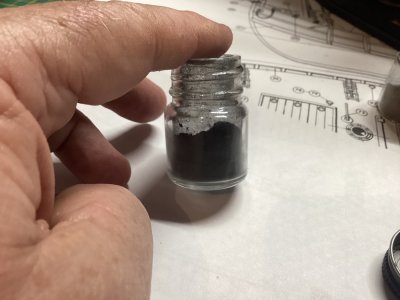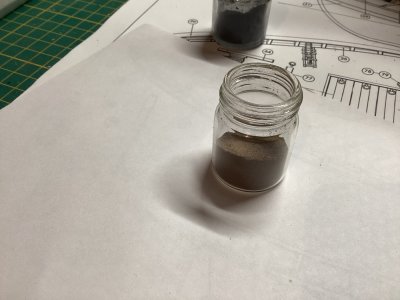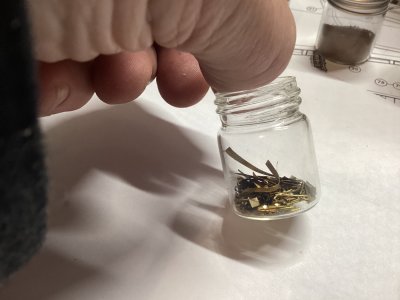
, here are some commercially available wood fillers, categorized for clarity:
Water-Based Wood Fillers:
These are generally a good choice for beginners due to their low odor, easy water cleanup, and availability in various wood tones. They are suitable for small to medium-sized repairs.
- Elmer's Carpenter's Wood Filler: A very common and readily available option. It's easy to sand and paint.
- DAP Plastic Wood-X with DryDex: This water-based filler has a color-changing indicator that signals when it's dry and ready to sand. It's stainable and paintable.
- Goodfilla Wood Filler: A popular choice among woodworkers, known for minimal shrinkage, excellent stainability, and the ability to be reconstituted with water if it dries out. It comes in various colors and can be tinted.
- Famowood Water-Based Wood Filler: Similar to the solvent-based version but with the benefits of a water-based formula (low odor, easy cleanup). Available in different wood colors.
- Gorilla Wood Filler: A strong and durable water-resistant option suitable for indoor and outdoor use. It's stainable and paintable.
- Aqua Coat Clear Wood Grain Filler: Specifically designed to fill the pores of open-grained woods like oak and mahogany for a smooth finish. It can also be tinted.
- Wurth Fill and Finish Wood Filler: A ready-to-use, water-based filler available in various wood species colors. It boasts no shrinkage and good sandability.
Solvent-Based Wood Fillers:
These tend to be more durable and resist shrinking better than water-based options, making them suitable for larger repairs. However, they often have a stronger odor and require solvent-based cleanup.
- Famowood Solvent-Based Wood Filler: A long-standing favorite known for its strength and stainability. It comes in a wide range of wood tones.
- DAP Plastic Wood Professional Wood Filler: A fast-drying, strong filler that can be molded and sculpted. It's stainable and paintable and comes in various wood shades.
- 3M Bondo Wood Filler: While known for car body repair, Bondo also makes a strong, solvent-based wood filler suitable for larger repairs. It's durable and paintable.
Epoxy-Based Wood Fillers:
For the most durable and often waterproof repairs, especially in areas that might experience stress or rot, epoxy fillers are excellent. They can be a bit more involved to use as they require mixing two parts.
- Abatron WoodEpox: A high-performance, two-part epoxy filler that's excellent for repairing and restoring damaged wood. It's non-shrinking, weather-resistant, and can be painted, stained, drilled, and sanded.
- System Three SculpWood Putty: A two-part epoxy putty that's easy to apply and sand. It's non-shrinking and compatible with most primers and paints.
- TotalBoat FixWood: A marine-grade epoxy putty designed for repairing rotted or damaged wood. It's waterproof, strong, and can be stained or painted.
- J-B Weld KwikWood: A two-part epoxy putty stick that's easy to mix and use for quick repairs. It hardens quickly and can be sanded and painted.
- PC Products PC-Woody: A two-part epoxy paste that provides strong repairs on wood and other materials. It's sandable and paintable.
Things to Consider When Choosing:
- Size of the Repair: For small nail holes and minor imperfections, water-based fillers or your own wood dust mixture might suffice. Larger gaps or areas needing more strength might benefit from solvent-based or epoxy fillers.
- Desired Finish: If you plan to stain your model, choose a filler that is explicitly labeled as "stainable" and ideally test it with your stain on scrap wood first.
- Indoor/Outdoor Use: If your model might be exposed to moisture, consider a water-resistant or epoxy-based filler.
- Odor and Cleanup: If you prefer low odor and easy cleanup, water-based fillers are the way to go.
- Color Matching: Some fillers come in various wood tones, which can be helpful. For the best match, your own sanding dust is ideal, or you can look for stainable fillers and use wood stain to achieve the desired color.
For a beginner in wooden ship modeling, I'd still suggest trying your wood dust and diluted glue mixture for small fills first. If you need a commercially available option, water-based fillers like Elmer's, DAP Plastic Wood-X, or Goodfilla are generally user-friendly and suitable for many common filling tasks.
Happy filling!




 , here are some commercially available wood fillers, categorized for clarity:
, here are some commercially available wood fillers, categorized for clarity:









